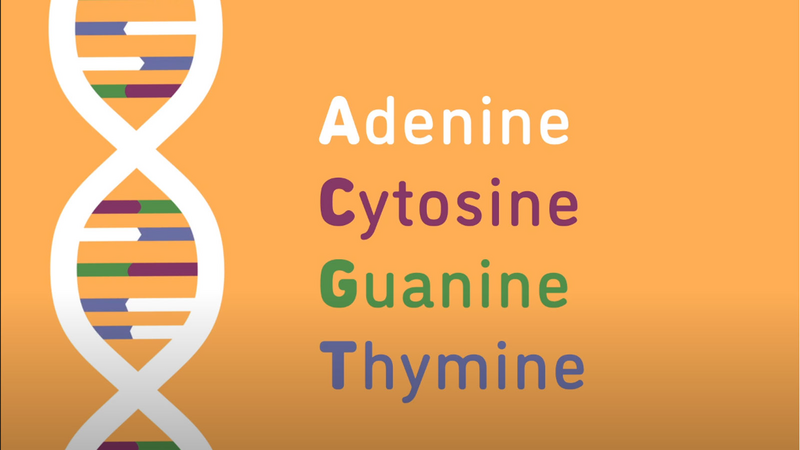Settings
Save and close
Chromosomes are found in the nucleus of every cell of our body and are made up of DNA, tightly coiled around proteins. We have 23 pairs of chromosomes altogether, and they can only be easily observed during cell division.
So why is our DNA kept in this special packaging? The chromosomes unique structure allows our genetic data to be discreetly kept inside our nuclei. This is important because we have an abundance of genetic data. If the DNA molecules in a single cell were unwound, they would stretch out to six feet long.
The chromosomes unique structure has a few key parts. Each chromosome has two short arms called p arms and two long arms called q arms. These arms are held together at the center by the centromere. The tips of the chromosome are capped by sections of DNA called telomeres. Telomeres protect chromosomes during DNA replication. By keeping our DNA secure, chromosomes make daily activities possible. For an organism to function properly, certain cells must constantly divide and replace older worn out cells with new ones. Chromosomes allow DNA to be accurately copied during these cell divisions.
So one more time. Chromosomes are found in the nuclei of our cells and allow DNA to be accurately copied during cell division. This ensures that our inner workings proceed smoothly and efficiently.

Endometriosis is a fairly common gynecological condition that affects 200 million people with uteruses worldwide. So what is this condition, exactly, and what can be done about it?
View more
We all want to live long lives, but not at the expense of our health!
View more

The trillions of bacteria, fungi and viruses that live on the skin all over our bodies is part of the microbiome.
View more
Discover what genetic resilience is and how our genetic makeup can protect us from disease in this Minute to Understanding from The Jackson Laboratory!
View more
Mutations in our genes can cause life-threatening diseases, and sometimes there is no drug or surgery available for your doctor to prescribe. Enter gene therapy.
View more
Learn how epigenetic changes can affect an individual — without physically changing their DNA sequence.
View more
The difference between genetics and genomics is not just the letter "O."
View more
Every person in the world is different. We all have physical characteristics and quirks that make us unique. But what, biologically, makes us who we are?
View more
Discover what DNA is and how it serves as the genetic instruction manual for life. Learn how DNA sequences determine traits and pass heritable information from one generation to the next.
View more
What are telomeres? Telomeres are structures made from DNA sequences and proteins found at the ends of chromosomes. They cap and protect the end of a chromosome like the end of a shoelace.
View more
Explore bite-sized science with Minute to Understanding. Quick, easy-to-remember videos simplify complex scientific terms and breakthroughs. Perfect for staying informed on the latest advancements.
View more
Explore DNA variants and discover how mutations during DNA replication make each organism unique. Learn about their role in genetic variation and their potential impact on life.
View more
Discover the role of chromosomes in cell division and genetic data storage. Learn how these DNA-packed structures enable proper cell function and ensure life’s continuity.
View more